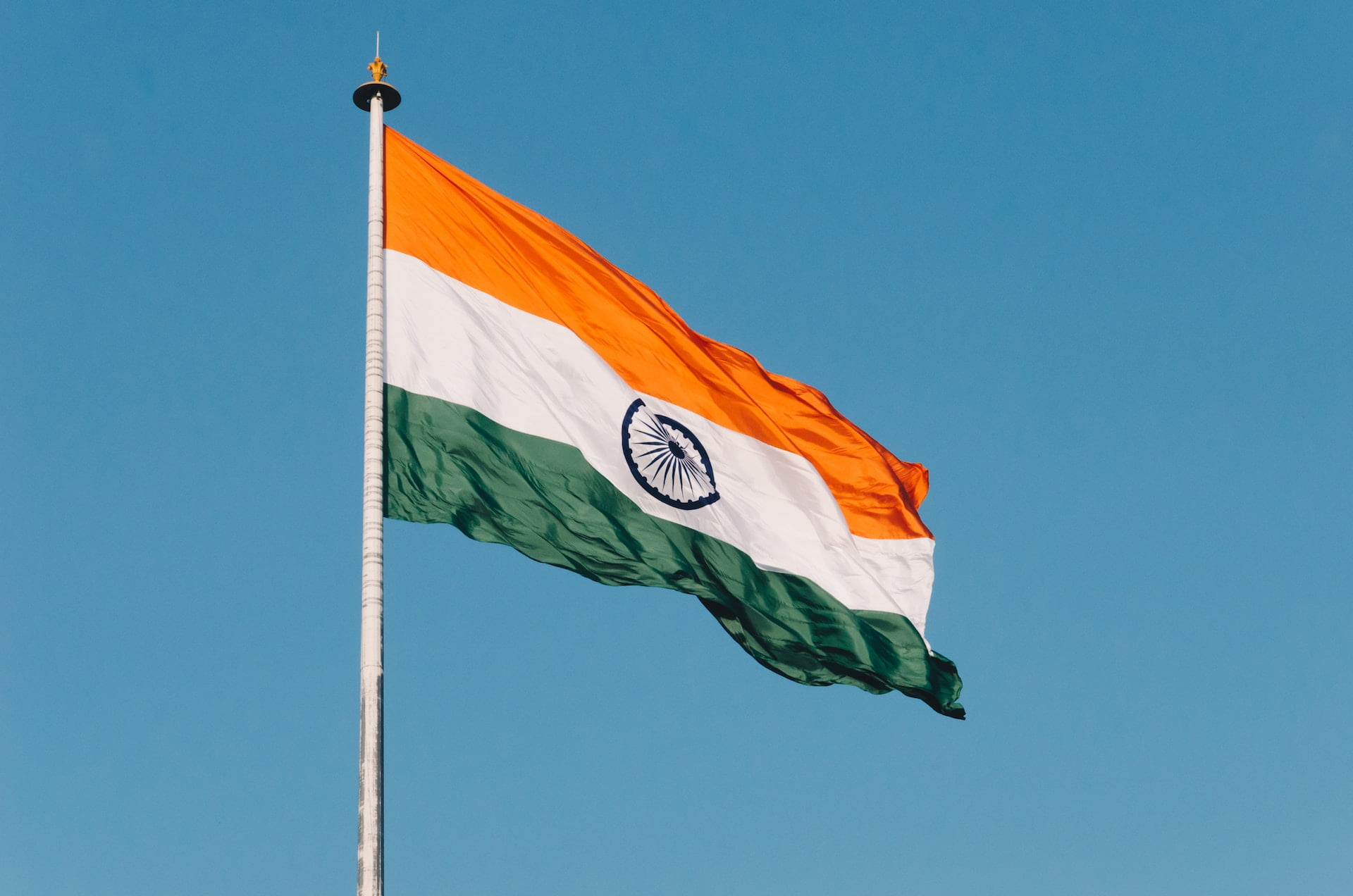India negotiates for cross-border CBDC payments central banks from around the world to explore the possibilities of the “digital rupee.” With a primary focus on enhancing the country’s foreign trade capabilities, the Reserve Bank of India (RBI) aims to facilitate transactions with nations that lack sufficient reserves of the U.S. dollar.
Recently, the Economic Times reported on the RBI’s ambitious plans for the digital rupee in India’s foreign trade landscape. The article highlighted several public statements made by RBI Governor Shaktikanta Das, shedding light on the ongoing negotiations.
Recognizing the Importance of Foreign Trade Infrastructure
During a speech in London in June, Governor Das emphasized the critical role of foreign trade infrastructure for the success of the digital rupee. He mentioned that the digital currency was expected to have one million domestic users by the beginning of July.
Furthermore, he expressed confidence that cross-border payments would become faster, more seamless, and cost-effective through the digital rupee. To achieve this, the RBI is actively engaging in dialogue with other central banks that have already introduced or are in the process of introducing CBDCs.
Opening Rupee Vostro Accounts

The report highlighted that banks from 18 countries have already opened rupee vostro accounts since July 2022. Governor Das further explained that India is eager to offer its CBDC as a payment method for countries facing challenges in accessing U.S. dollars, thereby enabling them to import Indian goods.
In India, the availability of dollars is not an issue; however, in some markets, the shortage of dollars restricts their ability to engage in imports.
Preserving U.S. Dollar Reserves
Another significant factor driving India’s commitment to the digital rupee in foreign trade is the desire to protect the country’s U.S. dollar reserves. Governor Das stressed that India aims to avoid a situation like the “taper tantrum” period, during which the country experienced an external sector crisis. To address this, the RBI had to attract foreign inflows by offering incentives.
The introduction of the digital rupee in cross-border payments would reduce dependence on U.S. dollars, mitigating the risk of a similar crisis in the future.
Progress and Collaborations
To realize its vision, the RBI has been actively advancing its digital rupee initiatives. In November 2022, the wholesale digital rupee pilot project was launched, followed by the retail digital rupee pilot project in February 2023.
Additionally, in March, the RBI announced a collaboration with the Central Bank of the United Arab Emirates to explore a CBDC bridge for trade and remittances.
Read More:
DBS Bank Launches Digital Yuan Payment Tool, Facilitating CBDC Transactions
Bitcoin (BTC) Achieves Back-to-Back Positive Quarters for the First Time Since 2021

